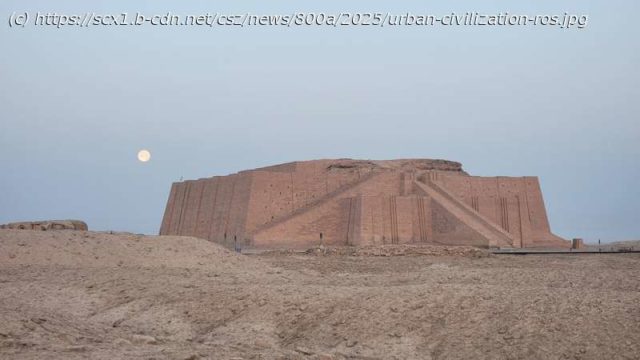A newly published study challenges long-held assumptions about the origins of urban civilization in ancient Mesopotamia, suggesting that the rise of Sumer was driven by the dynamic interplay of rivers, tides, and sediments at the head of the Persian Gulf.
A newly published study challenges long-held assumptions about the origins of urban civilization in ancient Mesopotamia, suggesting that the rise of Sumer was driven by the dynamic interplay of rivers, tides, and sediments at the head of the Persian Gulf.
Published today in PLOS One, the study titled „Morphodynamic Foundations of Sumer“ was led by Liviu Giosan, Senior Scientist Emeritus in Geology & Geophysics at the Woods Hole Oceanographic Institution (WHOI), and Reed Goodman, Assistant Professor of Environmental Social Science at Baruch Institute of Social Ecology and Forest Science (BICEFS), Clemson University.
The research introduces a novel paleoenvironmental model in which tidal dynamics influenced the earliest development of agriculture and sociopolitical complexity in Sumer. Results are a contribution to the long-running Lagash Archaeological Project, a collaboration led by Iraqi archaeologists and the Penn Museum at the University of Pennsylvania.
„Our results show that Sumer was literally and culturally built on the rhythms of water“, said Giosan. „The cyclical patterns of tides together with delta morphodynamics—how the form or shape of a landscape changes over time due to dynamic processes—were deeply woven into the myths, innovations, and daily lives of the Sumerians.






